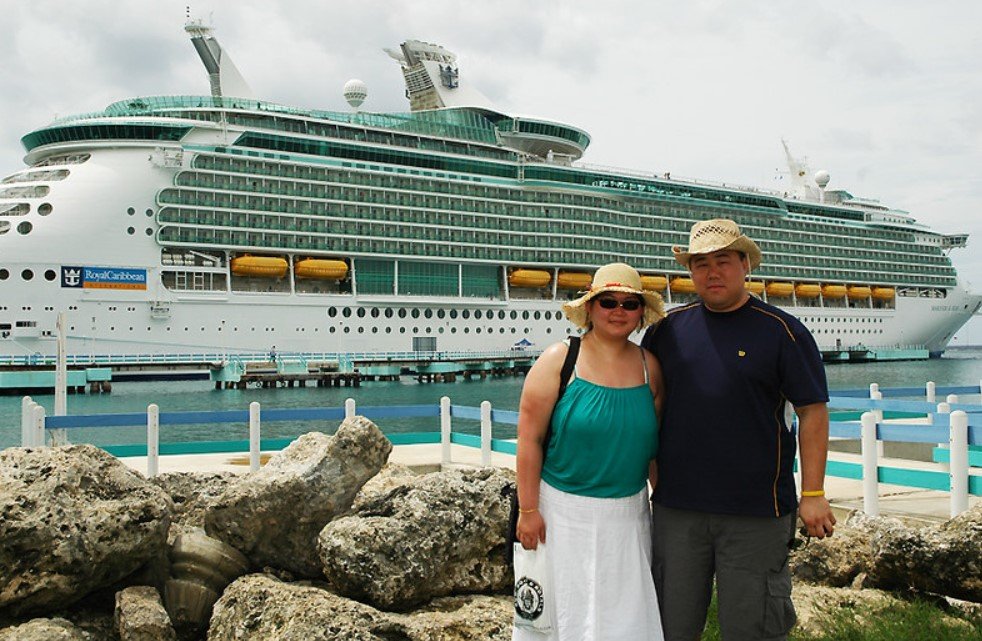A new study has revealed that cruise passengers tend to rate smaller ships higher than larger ones when it comes to value for money. The study, based on nearly 100,000 online reviews from Cruise Critic, also identified the main factors that influence passengers’ perceptions of value, such as dining, service, and excursions.
The Study: How Did They Do It?
The study, titled Exploring the Factors Affecting Cruise Passengers’ Perceptions of Value for Money Expressed in Online Reviews, was conducted by researchers from the University of Surrey and the University of Greenwich in the UK. The researchers used a combination of quantitative and qualitative methods to analyze 97,559 reviews from cruise passengers who had traveled on 153 different ships between 2010 and 2013.
The researchers divided the cruise ships into three categories based on their size and quality: standard cruises (65.7%), premium cruises (32.9%), and luxury cruises (1.4%). They then measured the passengers’ perceptions of value for money by using a sentiment analysis tool that calculated the ratio of positive to negative words in each review. They also identified the key themes and topics that emerged from the reviews, such as dining, service, excursions, entertainment, and ship features.

The Findings: What Did They Discover?
The study found that cruise passengers’ perceptions of value for money varied significantly depending on the type of cruise they had taken. The average value for money score was 2.11 for standard cruises, 2.29 for premium cruises, and 2.67 for luxury cruises. This means that luxury cruises had the highest proportion of positive reviews, followed by premium cruises and standard cruises.
The study also found that the size and age of the cruise ship had a negative impact on passengers’ perceptions of value for money, especially for standard and premium cruises. Passengers who had traveled on newer and larger ships tended to rate them lower than passengers who had traveled on older and smaller ships. The researchers suggested that this could be because newer and larger ships are more expensive and crowded, and offer less personalized service and more standardized products.
However, the study also found that the size and age of the ship did not affect the value for money perceptions of luxury cruise passengers, who rated them equally high regardless of these factors. The researchers explained that this could be because luxury cruises offer a more exclusive and customized experience, with higher quality and variety of products and services, and lower passenger-to-crew ratios.
The study also identified the main drivers of value for money perceptions for cruise passengers, which were dining, service quality, and offshore excursions. These factors were consistently mentioned as reasons for satisfaction or dissatisfaction across all types of cruises. Passengers who praised the quality and variety of food options, the professionalism and friendliness of staff, and the uniqueness and diversity of excursions, rated their cruises higher than passengers who complained about these aspects.
The Implications: What Does It Mean?
The study has several implications for the cruise industry, which is facing a challenging recovery after the Covid-19 pandemic. The study suggests that cruise operators should focus on improving the quality and variety of their products and services, especially in the areas of dining, service, and excursions, to enhance their value proposition and customer satisfaction. The study also suggests that cruise operators should consider the size and age of their ships, and how they affect the expectations and perceptions of their passengers.
The study also has implications for cruise passengers, who can use the online reviews as a source of information and guidance when choosing a cruise. The study shows that passengers can find value for money in different types of cruises, depending on their preferences and budget. The study also shows that passengers should be aware of the trade-offs between the size and age of the ship, and the quality and variety of the products and services.







